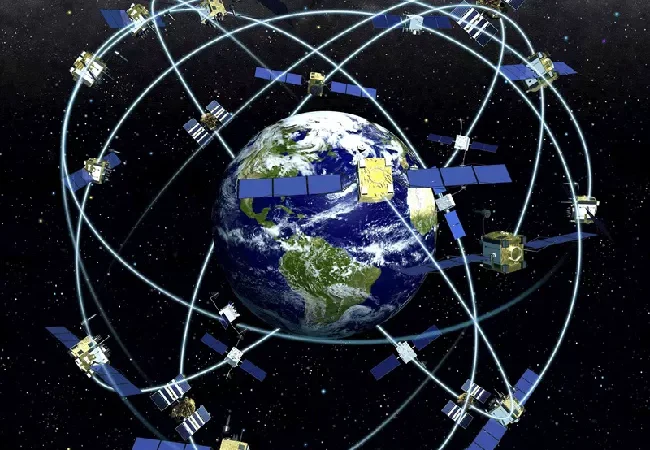By: Jordan Buck, 2024-07-28
Star Catcher, a Florida based company, successfully found 2 partners to back initial development into a space-based power system. This seed round garnered them $12.15 million in funding. Star Catcher’s vision is to design and deploy a constellation of power-providing satellites in MEO that have the capability to deliver power to existing satellites via their onboard solar panels. While the technical details are still unresolved, the company claims they will be able to beam broad solar spectrum energy to any satellite that needs it, on demand. Potential uses could include the need for power hungry onboard computing, or intense imagery collection requirements. The company’s goal would also mean a philosophical change in the design and operations of satellites. Depending on the total size and capability of a space power grid, satellites would no longer require as large batteries or solar panels. There would also be sweeping changes to thermal protection systems, especially given needing to support high energy beams directly onto the spacecraft. Both ground and space demonstrations are expected, where this technology will be put to the test to determine if this is the next radical space movement.
Cybersecurity
Introducing space infrastructure such a power grid poses interesting concerns when it comes to cybersecurity. If a threat actor were to put in their sights an infrastructure project that supports many satellites which are critically needed for various operations, then this constellation would need to be of higher concern than other communications constellations. Just like the power grid on Earth, damage to a space power grid would shut down operations and cause widespread stoppages. This is especially true if the new paradigm of external power reliance is incorporated, like Earth-based electrical grid systems. Storage technology is not as widely adopted, so the nominal uptime is primarily dependent on the infrastructure.
Additionally, depending on how the technology works, essentially this is a directed energy device that is capable of outputting thousands of watts of power at ten times the flux of the Sun. An adversary who gains controls of pointing the satellite would be able to redirect this energy to a target of their choice, potentially disabling or destroying other satellites or objects entirely. This could also lead to compounding problems with orbital debris and defunct satellites that are non-responsive in more common orbits such as geostationary. The GEO satellite would not be able to vacate its orbit or maneuver to avoid another object in close proximity, leading to potential chain collisions. These implications need to be fleshed out before a space power grid comes online.
